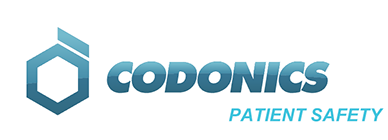NEW BEST PRACTICE 18: Maximize the use of barcode verification prior to medication and vaccine administration by expanding use
beyond inpatient care areas.
a) Specifically target clinical areas with an increased likelihood of a short or limited patient stay (e.g., emergency department, perioperative areas, infusion clinics, dialysis centers, radiology, labor and delivery areas, catheterization laboratory, outpatient areas).
b) Regularly review compliance and other metric data to assess utilization and effectiveness of this safety
technology (e.g., scanning compliance rates; bypassed or acknowledged alerts).
Rationale:
The goal of this Best Practice is to expand the utilization of barcode verification to care areas beyond inpatient care units. Implementation of barcode medication administration is a well proven error prevention strategy. Errors due to look-alike packages and labels are commonly reported to the ISMP National Medication Errors Reporting Program (ISMP MERP). Contributing factors in these events include the use of highly stylized label graphics and similar cap and label colors. Products that have similar names and dosages, are used in the same setting, and/or are stored near one another, adds to the risk for mis-selection. Wrong patient errors have also been reported to ISMP MERP. Barcode medication administration systems are designed to catch medication errors at the point of administration. Although this safeguard is commonly utilized in inpatient care areas, adoption tends to lag in procedural settings and other clinical areas where there is short or limited patient encounter. ISMP has received numerous error reports where barcoding prior to medication administration could have alerted practitioners to the wrong drug, wrong dose, or wrong patient, thus preventing the error. Therefore, implementing barcode verification prior to medication and vaccine administration in care areas beyond the inpatient setting will help deliver the maximum medication safety benefit to patients.
Ref: 2022-2023: ISMP Targeted Medication Safety Best Practices for Hospitals
